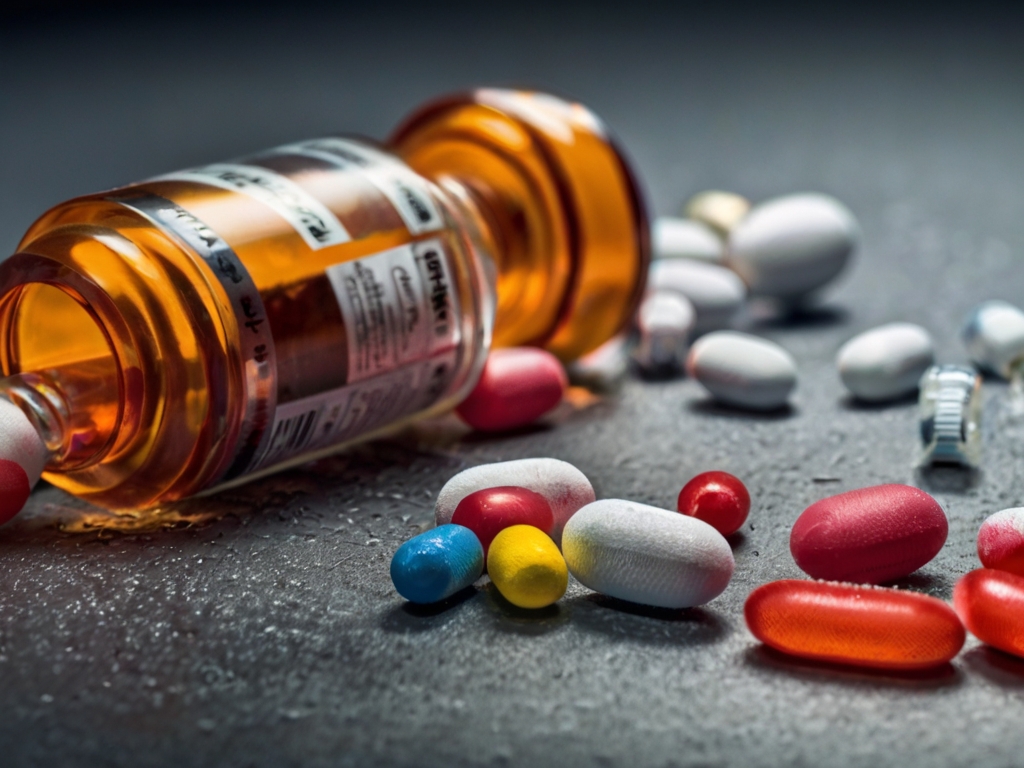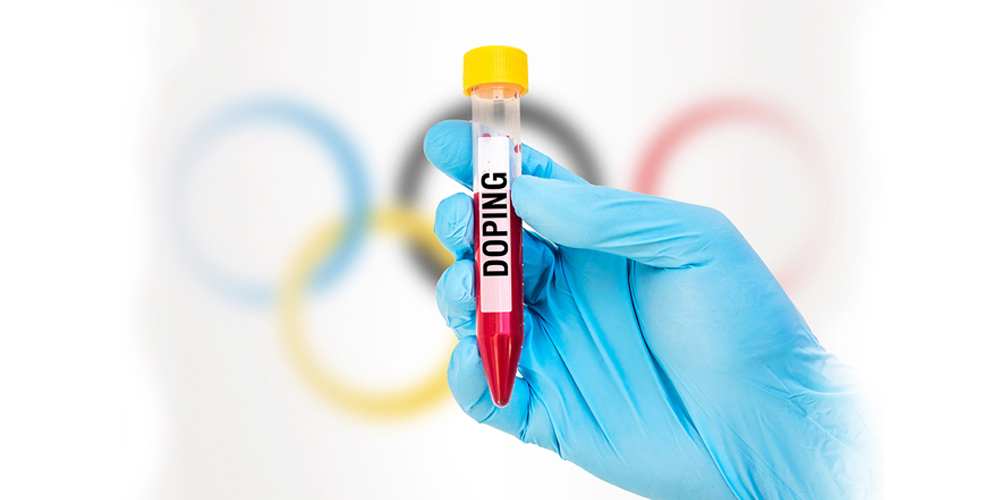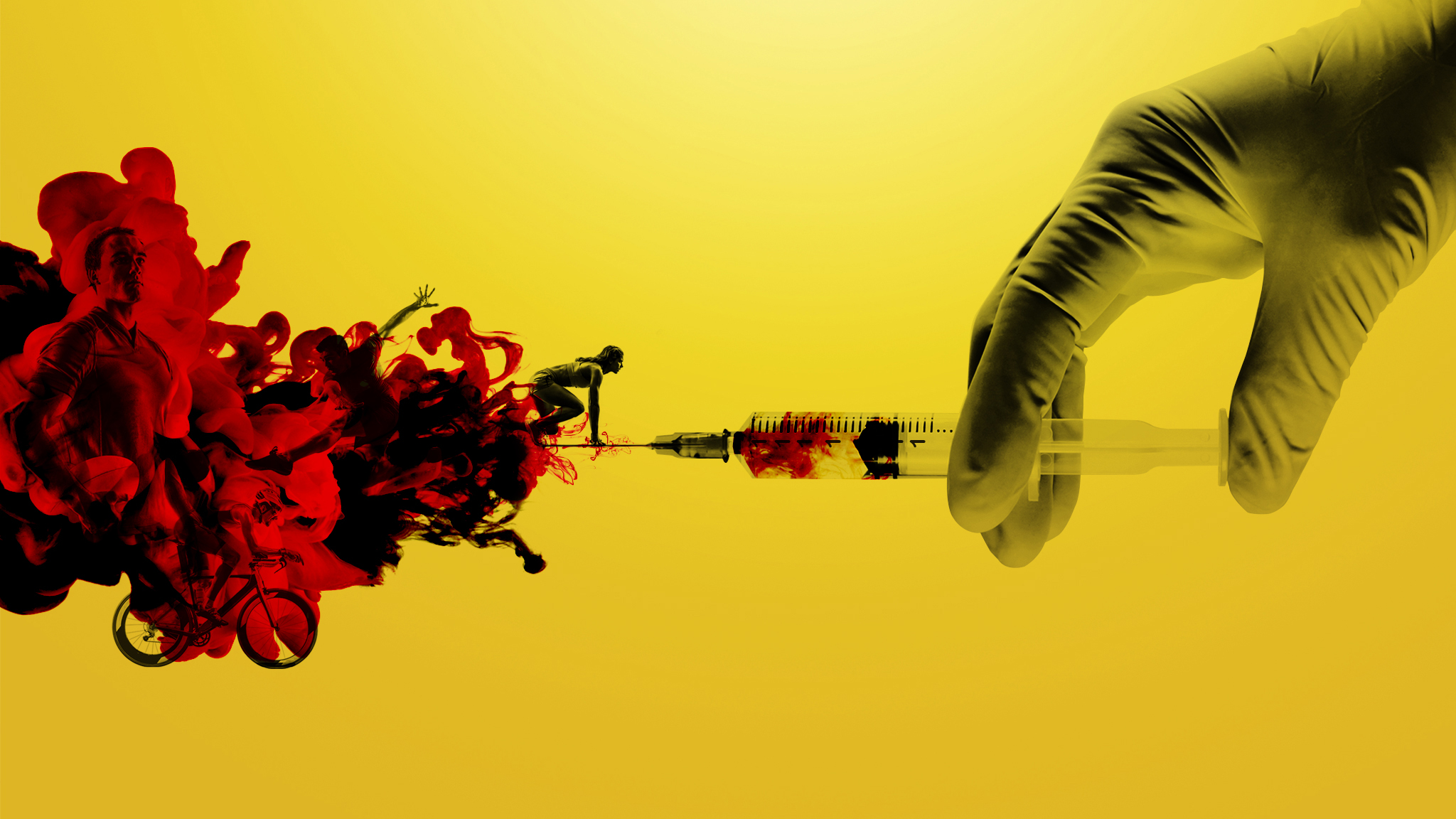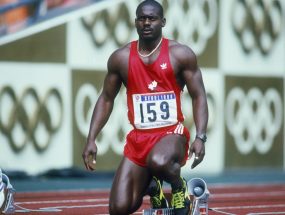Scandals and doping control in professional sports
Professional sports are not only a display of physical prowess and competitive spirit but also a field where integrity and fair play are expected to prevail. However, scandals, particularly those related to doping, have periodically shaken the foundation of sports, leading to stringent regulations and changes in how athletes are monitored and tested. Here’s a detailed look at the issue of doping and the measures taken to combat it, along with some notorious scandals that have highlighted the need for continued vigilance.
Understanding Doping in Sports
Doping refers to the use of prohibited substances or methods to improve athletic performance. These substances and methods can include:
Performance-enhancing drugs (PEDs): Such as anabolic steroids, which increase muscle mass and strength; erythropoietin (EPO), which enhances endurance by boosting the production of red blood cells; and stimulants that reduce fatigue and increase alertness.
Blood doping: The practice of illicitly boosting the number of red blood cells in the circulation in order to enhance athletic performance.
Gene doping: A futuristic and less detected method where athletes might use genes to improve their physical ability.
The Role of Anti-Doping Agencies
To combat doping, various national and international organizations have been established:
World Anti-Doping Agency (WADA): Founded in 1999, WADA promotes, coordinates, and monitors the fight against drugs in sports globally. It publishes the WADA Code—a comprehensive document detailing anti-doping policies, rules, and regulations adopted by sports organizations worldwide.
National Anti-Doping Organizations (NADOs): These operate in specific countries, overseeing the implementation of anti-doping activities aligned with the WADA Code.
The International Olympic Committee (IOC): Has its own rigorous testing programs during the Olympic Games.
Methods of Doping Control
Testing: Athletes are subject to both in-competition and out-of-competition testing. Samples of blood and urine are collected and analyzed for prohibited substances.
Biological Passport: An individual, electronic record for athletes, in which profiles of biological markers are maintained over time and compared with each individual’s established baseline levels.
Education and Awareness Programs: Aimed at informing athletes about the rules and risks associated with doping.
Notable Doping Scandals
Several high-profile doping scandals have brought attention to the issue and spurred changes in anti-doping strategies:
Lance Armstrong and Cycling: Former professional road racing cyclist Lance Armstrong was stripped of his seven Tour de France titles after it was found that he had engaged in a sophisticated doping scheme throughout his career.
Russian State-Sponsored Doping: Investigations revealed a state-sponsored doping program in Russia, affecting major competitions, including the Olympics. This led to the country being banned from international events under its flag for four years by WADA in 2019.
BALCO Scandal: The Bay Area Laboratory Co-operative (BALCO) scandal involved the distribution of steroids to high-profile athletes in baseball, athletics, and other sports.
Marion Jones: A former world champion track and field athlete, Jones admitted to steroid use before the 2000 Sydney Olympics and was subsequently stripped of her medals.
Impact of Doping Scandals
Doping scandals have several ramifications:
Athlete Suspensions and Bans: Athletes found guilty of doping violations face suspensions and, in some cases, lifetime bans from their sports.
Reputational Damage: Both the athletes involved and the sports they represent suffer in terms of public perception and trust.
Legal and Financial Repercussions: Athletes may face lawsuits and are often required to return earnings and endorsements.
Policy Reforms: Each major scandal typically leads to calls for stricter regulations and reforms in anti-doping procedures.
While doping represents a significant challenge to the integrity of professional sports, the continuous efforts of international and national agencies are crucial in maintaining a level playing field.
Education, rigorous testing, and strict penalties are essential to deter the use of performance-enhancing drugs and methods. As sports evolve, so too must the strategies to protect their integrity, ensuring that competition remains fair and just.
In professional sports, the use of doping, or prohibited substances and methods intended to enhance athletic performance, is strictly regulated. The World Anti-Doping Agency (WADA) publishes an annually updated list detailing these prohibited substances and methods, which all sports organizations adhering to WADA’s code are required to enforce. Here’s an overview of the major categories of doping that are forbidden:
Prohibited Substances
Anabolic Agents: These include anabolic-androgenic steroids (AAS) which increase muscle mass and strength, such as testosterone, nandrolone, and stanozolol. They are perhaps the most well-known performance-enhancing drugs.
Peptide Hormones, Growth Factors, and Related Substances: This group includes erythropoietin (EPO), which enhances endurance by increasing the production of red blood cells; human growth hormone (hGH), which promotes muscle growth and recovery; and other growth factors that affect muscle, tendon, or ligament protein synthesis and repair.
Beta-2 Agonists: Used primarily for treating asthma, these substances can increase lung capacity and oxygen intake, inadvertently benefiting endurance athletes if abused.
Hormone and Metabolic Modulators: These substances affect hormone systems of the body such as modulating estrogen or aromatase effects. They include aromatase inhibitors and selective estrogen receptor modulators (SERMs).
Diuretics and Masking Agents: Used to alter the concentration of natural substances in urine which can hide the presence of other drugs, or quickly reduce an athlete’s weight for sports that involve weight classes.
Prohibited Methods
Blood Doping: Enhancing the number of red blood cells to improve athletic performance. This includes blood transfusions and the use of substances like EPO.
Gene Doping: The non-therapeutic use of genes, genetic elements, or cells that have the capacity to enhance athletic performance.
Chemical and Physical Manipulation: Interference with the integrity and validity of samples during doping control, including catheterization, tampering with samples, and other methods aimed at altering tests.
Intravenous Infusions: IV infusions and/or injections of more than 100 mL per 12 hours are prohibited except for those legitimately received in the course of hospital treatments, surgical procedures or clinical diagnostic investigations.
Substance Restrictions Based on Sport
Some substances are banned in specific sports because of their potential to provide advantages particular to those activities. For example, beta-blockers, which can reduce heart rate and tremors, are banned in sports that require steady hands and calm nerves, like archery and shooting.
Monitoring Program
Certain substances are included in WADA’s monitoring program to detect patterns of misuse in sport. These substances are not necessarily prohibited but are being studied to determine if they should be included in the Prohibited List in the future.
The list of prohibited substances and methods is extensive and specific, reflecting the ongoing challenge of keeping sport fair and free of cheating.
WADA’s efforts to continually update and enforce these standards are critical in maintaining the integrity and spirit of competitive sports globally. This vigilance helps ensure that athletic achievements are the result of natural talent, hard work, and strategy rather than the use of banned substances or methods.
Doping has been a challenge across many sports, particularly those where physical stamina, strength, and endurance are critical to high performance. While no sport is immune to the risks and temptations of doping, certain sports have historically seen higher incidences of these practices due to the intense competitive pressures and the significant physical demands placed on athletes. Here are some of the sports most commonly associated with doping:
Cycling, especially road cycling, has been notorious for doping scandals. The sport demands extreme endurance and stamina, which led some cyclists to turn to performance-enhancing drugs to gain an edge in races. The most infamous case is that of Lance Armstrong, who was stripped of his seven Tour de France titles after it was revealed he had engaged in a long-term doping scheme.
Athletics, encompassing a range of track and field events, has seen numerous high-profile doping cases. From sprinting to distance running, the pressure to break records and win medals has led some athletes to illegal substances. High-profile athletes such as Marion Jones and Ben Johnson were stripped of medals and records after being caught doping.
Weightlifting is a sport where strength and power are paramount, and it has a long history of doping to enhance these attributes. The use of anabolic steroids to build muscle mass and strength is well-documented, leading to numerous disqualifications in international competitions, including the Olympics.
Bodybuilding. Although not always recognized alongside traditional competitive sports, bodybuilding has a significant issue with performance-enhancing drugs. The aesthetic nature of the sport and the emphasis on muscle size and definition lead many to use anabolic steroids and other banned substances.
Major League Baseball (MLB) in the United States went through a well-publicized steroid era in the late 1990s and early 2000s. High-profile players like Alex Rodriguez and Barry Bonds faced allegations and penalties related to steroid use, which led to significant reforms and stricter anti-doping measures within the sport.
While not as commonly associated with doping as other sports, football has had its share of doping cases. The physical demands of the sport, coupled with the enormous financial rewards for successful players and teams, create incentives for doping.
Competitive swimming, requiring high levels of endurance and power, has also seen doping incidents. Enhanced performance can lead to crucial milliseconds being shaved off times, which can be the difference between winning and losing.
The prevalence of doping in these sports has led to enhanced regulatory measures, including more sophisticated testing and stricter penalties for violations. Governing bodies in each sport, in alignment with regulations from organizations like the World Anti-Doping Agency (WADA), continue to battle against doping to ensure fair competition and to protect the health of athletes. Despite these efforts, the battle against doping remains a significant challenge and an ongoing priority for sports worldwide.
Our friends:
Slottyway












